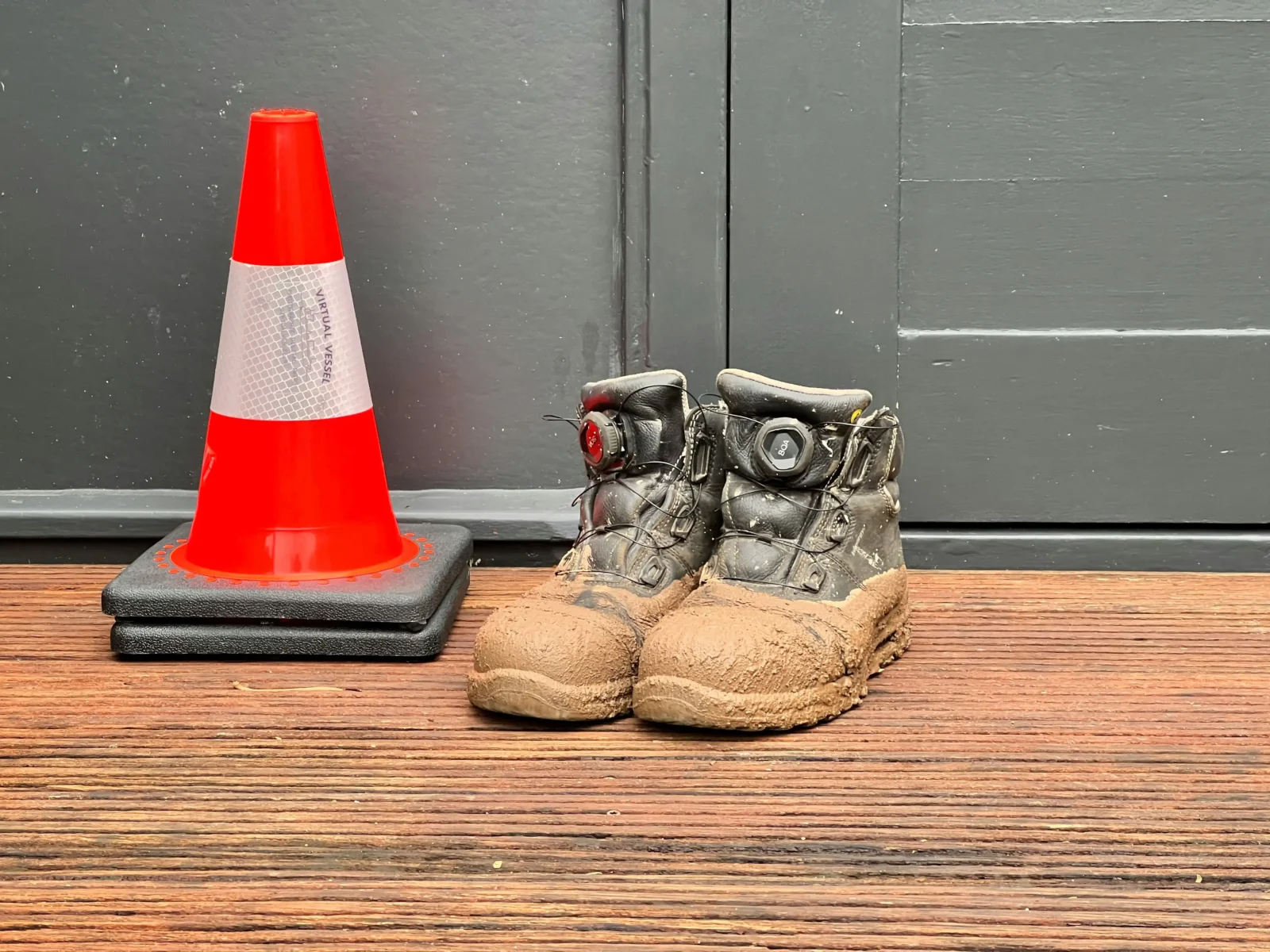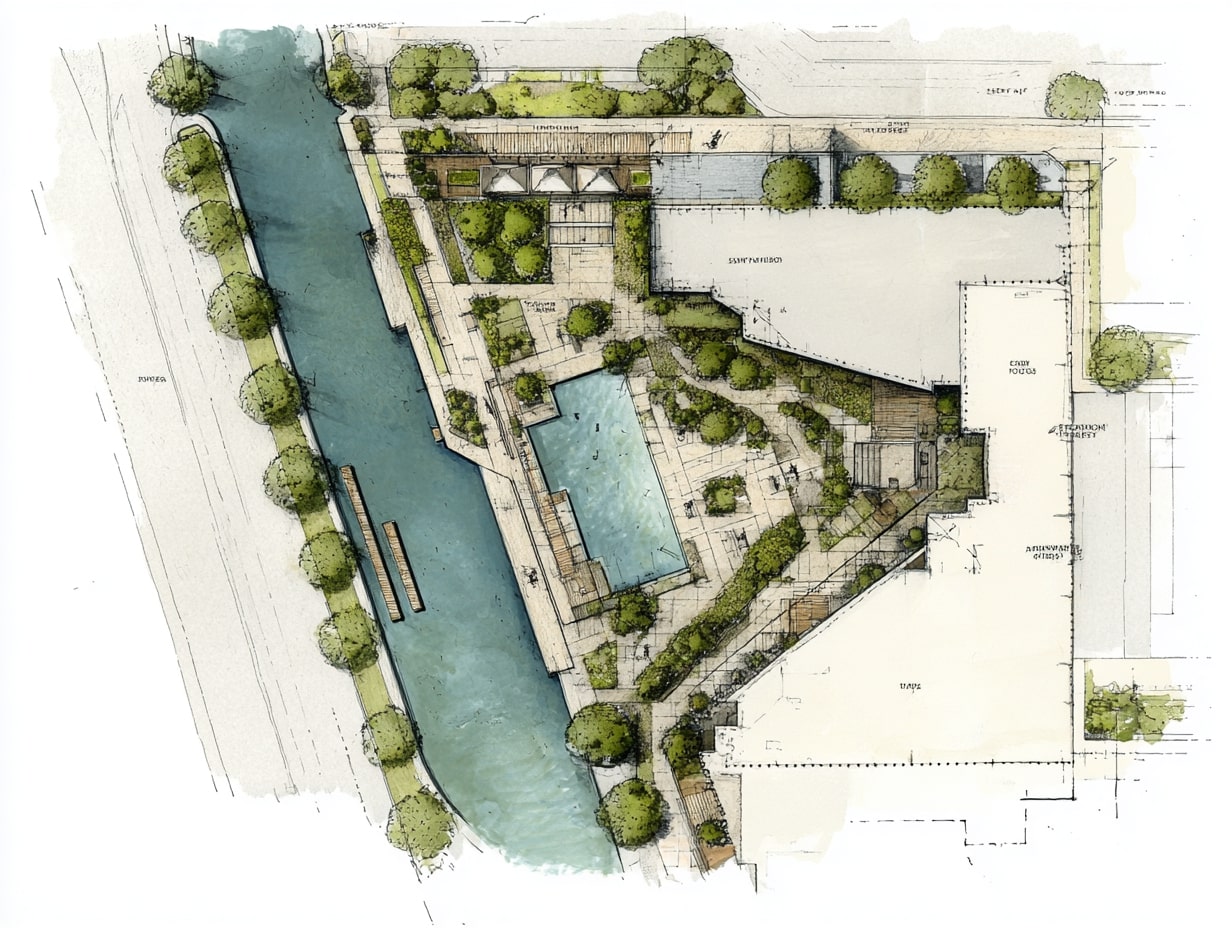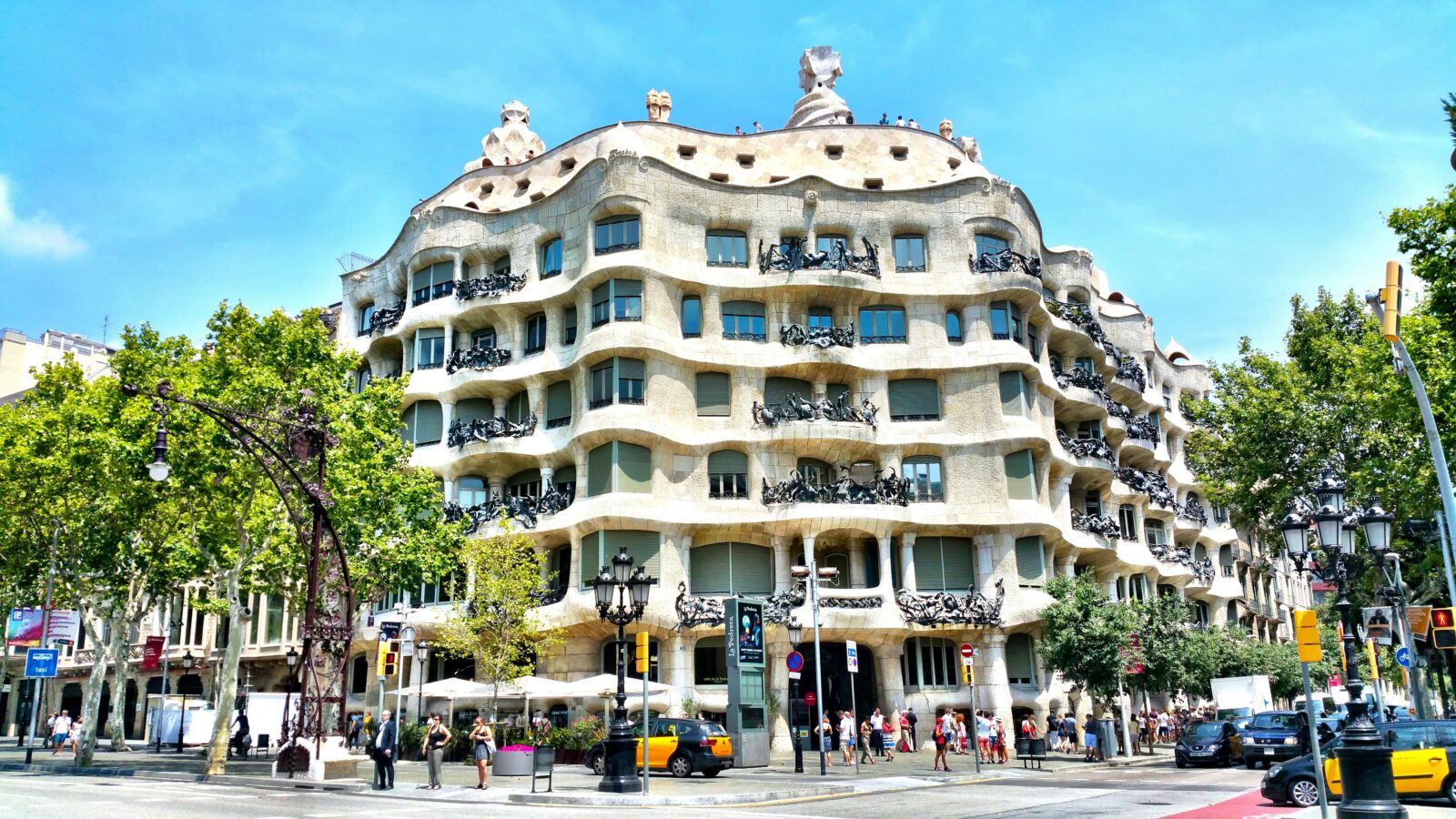- Home
- Articles
- Architectural Portfolio
- Architectral Presentation
- Inspirational Stories
- Architecture News
- Visualization
- BIM Industry
- Facade Design
- Parametric Design
- Career
- Landscape Architecture
- Construction
- Artificial Intelligence
- Sketching
- Design Softwares
- Diagrams
- Writing
- Architectural Tips
- Sustainability
- Courses
- Concept
- Technology
- History & Heritage
- Future of Architecture
- Guides & How-To
- Art & Culture
- Projects
- Interior Design
- Competitions
- Jobs
- Store
- Tools
- More
- Home
- Articles
- Architectural Portfolio
- Architectral Presentation
- Inspirational Stories
- Architecture News
- Visualization
- BIM Industry
- Facade Design
- Parametric Design
- Career
- Landscape Architecture
- Construction
- Artificial Intelligence
- Sketching
- Design Softwares
- Diagrams
- Writing
- Architectural Tips
- Sustainability
- Courses
- Concept
- Technology
- History & Heritage
- Future of Architecture
- Guides & How-To
- Art & Culture
- Projects
- Interior Design
- Competitions
- Jobs
- Store
- Tools
- More
Luxury Apartments vs. Standard Apartments: What Amenities Justify the Cost?

When it comes to renting, few words get tossed around more than “luxury.” It’s often used to highlight premium finishes, lifestyle perks, or even just slightly larger layouts. But with so many communities making the claim, it’s easy to wonder what truly defines luxury and whether it’s worth the extra rent.
Well, the answer lies in the details. Real luxury goes beyond polished brochures. It shows up in how you live each day. Want a closer look? Keep reading. In this article, we’ll compare key differences between standard and luxury apartments, helping you understand when the extra cost reflects real comfort and when it doesn’t.
Let’s begin.
Table of Contents
ToggleIn-Home Amenities
Daily comfort begins inside the apartment, and this is often where the most noticeable differences appear. Finishes, layouts, and everyday conveniences shape whether a home feels purely functional or something more.
Standard Apartments
Standard apartments prioritize utility. They deliver the basics needed for daily living, but design choices are often minimal. Common features include:
- Basic appliances such as a fridge, oven, and sometimes a dishwasher
- Standard flooring, often carpet or vinyl
- Shared laundry facilities rather than in-unit machines
- Smaller closets with limited storage
- Neutral finishes that keep costs low but lack character
These inclusions get the job done, but they don’t add much personality or long-term convenience.

Luxury Apartments
What sets luxury apartments apart is the way they combine everyday convenience with a sense of style. Instead of focusing only on the basics, these communities invest in design choices that make daily life feel smoother and more enjoyable. The rising community of Solaris captures this idea well. Their site www.livethesolaris.com highlights upgrades such as:
- Private balconies that extend indoor living into open-air retreats.
- Designer cabinetry that makes kitchens efficient and stylish.
- In-unit washers and dryers that save time and add privacy.
- Quartz countertops that balance resilience with timeless appeal.
- Walk-in closets that make organization effortless.
Together, these upgrades transform apartments into spaces that feel intentional and refined, offering a level of comfort and ease that standard units rarely provide.
Community Infrastructure
What lies beyond the front door often defines the overall living experience. Community spaces shape how residents relax, connect, and spend free time.
Standard Apartments
Most standard communities provide a limited set of shared spaces. Typical offerings include:
- A small gym with limited equipment or none at all
- Modest outdoor areas with perhaps a small pool
- Open parking lots with minimal security
- Few or no pet-friendly facilities
These amenities serve practical needs but don’t always encourage residents to spend time outside their unit.
Luxury Apartments
Luxury apartments treat community spaces as an extension of the home. The goal is to encourage connection and provide comfort outside the unit itself. Here’s what is usually offered:
- Resort-style pools with cabanas and lounging areas
- Fitness studios, yoga rooms, and modern gyms
- Co-working lounges and resident clubhouses
- Rooftop terraces, firepits, and outdoor kitchens
- Pet parks, grooming stations, and secure garages
So, instead of simply covering the basics, luxury communities turn shared areas into places where residents can truly live, connect, and unwind.
Technology and Connectivity
In today’s digital world, technology influences convenience as much as design. The gap between standard and luxury often shows in how tech is integrated.
Standard Apartments
In standard apartments, technology tends to be minimal. Most include:
- Standard internet hookups without high-speed upgrades
- Traditional lock-and-key entry systems
- Limited online services beyond maintenance requests
These basics work but don’t offer much in terms of ease or efficiency.
Luxury Apartments
Luxury apartments, on the other hand, embrace smart living. Features are designed to reduce hassle and make homes more efficient. Most common ones include:
- Smart thermostats that adapt to household routines
- Keyless entry systems for secure, seamless access
- USB charging outlets throughout kitchens and bedrooms
- High-speed internet infrastructure for work and streaming
- Online portals for rent payments and service requests
By blending convenience with innovation, these spaces set a higher standard for modern living, making everyday tasks faster, simpler, and more secure.
Wellness and Lifestyle Features
Wellness has become an essential part of housing design. Homes today are expected to promote comfort, balance, and health. That’s why both options give you some aspects of it.
Standard Apartments
Wellness features in standard apartments are often limited. They usually rely on what comes naturally, such as:
- Windows for natural light
- Small outdoor areas or courtyards
- Basic layouts without intentional wellness design
These inclusions are helpful, yes, but not necessarily lifestyle-driven.

Luxury Apartments
Luxury apartments incorporate wellness into their spaces in more intentional ways. They encompass things like:
- Expansive windows and open layouts for natural light
- Air purification systems and eco-friendly finishes
- Landscaped courtyards and walking trails
- Yoga or meditation rooms for mindfulness
- Spa-style bathrooms with premium fixtures
These thoughtful additions don’t just make homes look appealing. Rather, they create an environment that supports health, relaxation, and balance in daily life.
Closing Lines
Luxury apartments distinguish themselves through carefully styled interiors, robust community spaces, advanced technology, and wellness-focused features. For many, these amenities justify higher rent by creating homes that feel more like curated lifestyles than simple shelter.
That said, standard apartments continue to offer affordability and practicality. They cover the essentials, making them the right choice for those who prioritize budget over extras. The decision ultimately comes down to what matters most to you. By understanding the real differences, you can choose a home that fits both your lifestyle and your budget.
illustrarch is your daily dose of architecture. Leading community designed for all lovers of illustration and #drawing.
Submit your architectural projects
Follow these steps for submission your project. Submission FormLatest Posts
Understanding Site Safety Footwear in Architectural Practice
Architecture is often discussed through drawings, models, and finished buildings, yet a...
General Arrangement Drawings in Architecture: The Backbone of Clear Design Communication
General Arrangement Drawings explained: what they are, when to use them, how...
The Ultimate Guide to Fencing in North Dakota: Choosing the Best Fence for Your Property
Watching a chain link fence twist in 70 mph winds near Minot...
Gaudí: Where Architecture Meets Science
Gaudí: Where Architecture Meets Science shows catenary arches, ruled surfaces, and biomimicry...












Leave a comment